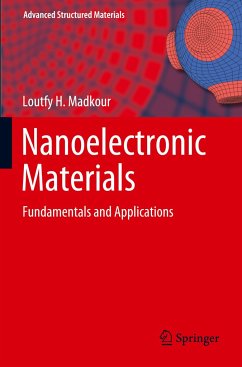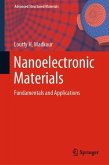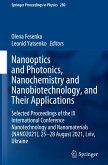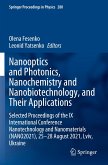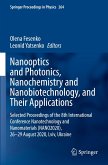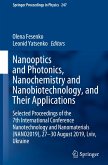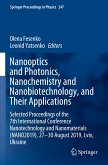This book presents synthesis techniques for the preparation of low-dimensional nanomaterials including 0D (quantum dots), 1D (nanowires, nanotubes) and 2D (thin films, few layers), as well as their potential applications in nanoelectronic systems. It focuses on the size effects involved in the transition from bulk materials to nanomaterials; the electronic properties of nanoscale devices; and different classes of nanomaterials from microelectronics to nanoelectronics, to molecular electronics. Furthermore, it demonstrates the structural stability, physical, chemical, magnetic, optical, electrical, thermal, electronic and mechanical properties of the nanomaterials. Subsequent chapters address their characterization, fabrication techniques from lab-scale to mass production, and functionality.
In turn, the book considers the environmental impact of nanotechnology and novel applications in the mechanical industries, energy harvesting, clean energy, manufacturing materials,electronics, transistors, health and medical therapy. In closing, it addresses the combination of biological systems with nanoelectronics and highlights examples of nanoelectronic-cell interfaces and other advanced medical applications.
The book answers the following questions:
- What is different at the nanoscale?
- What is new about nanoscience?
- What are nanomaterials (NMs)?
- What are the fundamental issues in nanomaterials?
- Where are nanomaterials found?
- What nanomaterials exist in nature?
- What is the importance of NMs in our lives?
- Why so much interest in nanomaterials?
- What is at nanoscale in nanomaterials?
- What is graphene?
- Are pure low-dimensional systems interesting and worth pursuing?
- Are nanotechnology products currently available?
- What are sensors?
- How can Artificial Intelligence (AI) and nanotechnology work together?
- Whatare the recent advances in nanoelectronic materials?
- What are the latest applications of NMs?
In turn, the book considers the environmental impact of nanotechnology and novel applications in the mechanical industries, energy harvesting, clean energy, manufacturing materials,electronics, transistors, health and medical therapy. In closing, it addresses the combination of biological systems with nanoelectronics and highlights examples of nanoelectronic-cell interfaces and other advanced medical applications.
The book answers the following questions:
- What is different at the nanoscale?
- What is new about nanoscience?
- What are nanomaterials (NMs)?
- What are the fundamental issues in nanomaterials?
- Where are nanomaterials found?
- What nanomaterials exist in nature?
- What is the importance of NMs in our lives?
- Why so much interest in nanomaterials?
- What is at nanoscale in nanomaterials?
- What is graphene?
- Are pure low-dimensional systems interesting and worth pursuing?
- Are nanotechnology products currently available?
- What are sensors?
- How can Artificial Intelligence (AI) and nanotechnology work together?
- Whatare the recent advances in nanoelectronic materials?
- What are the latest applications of NMs?

